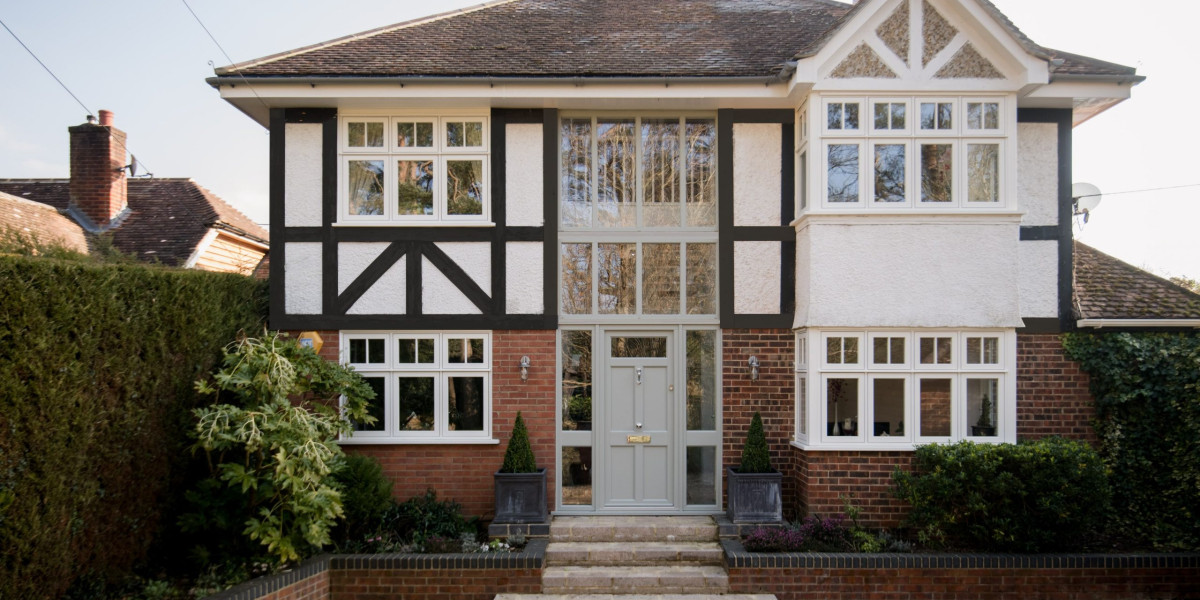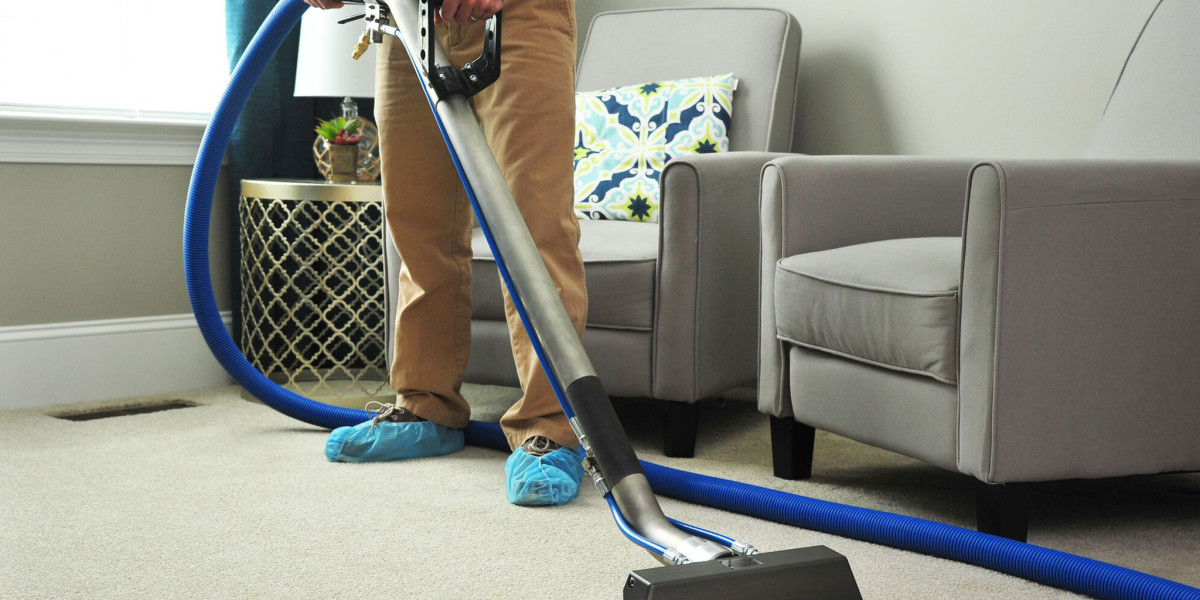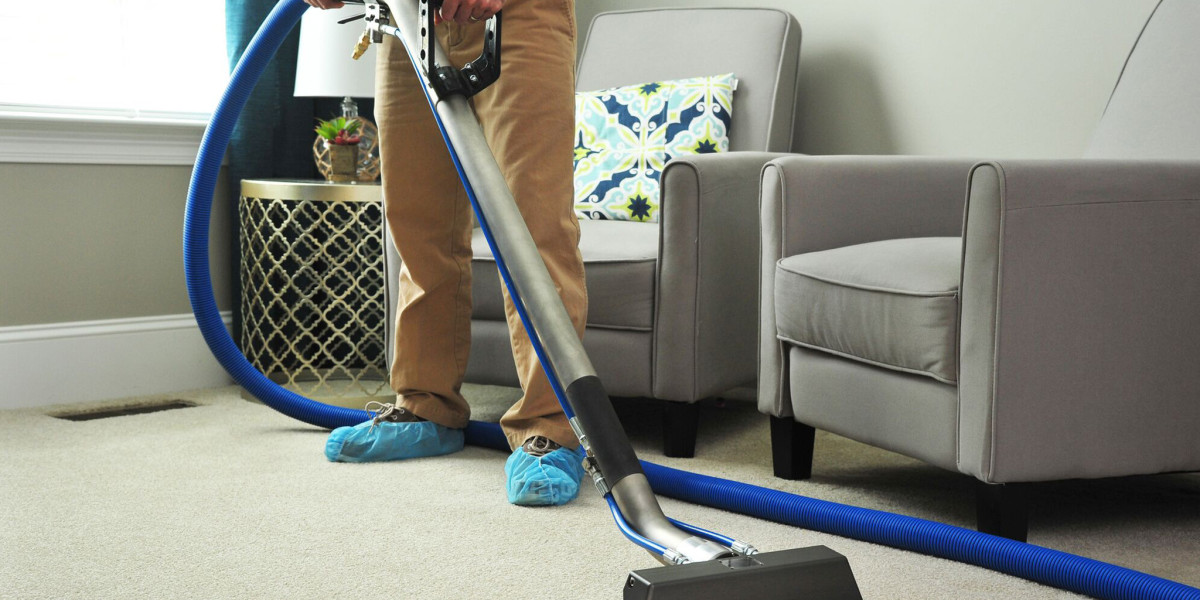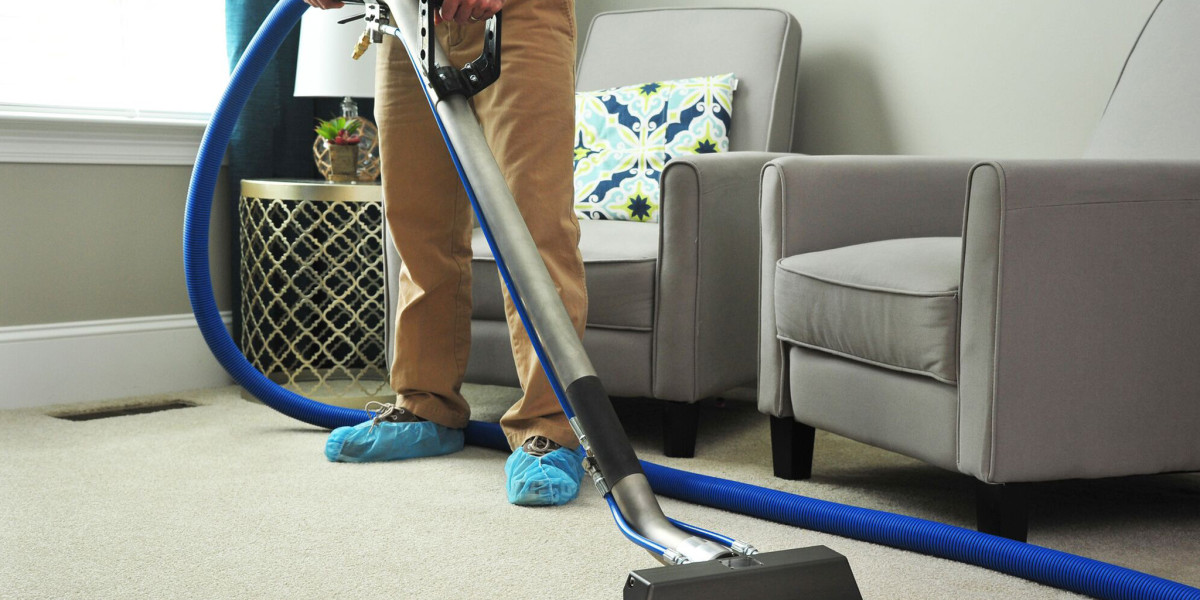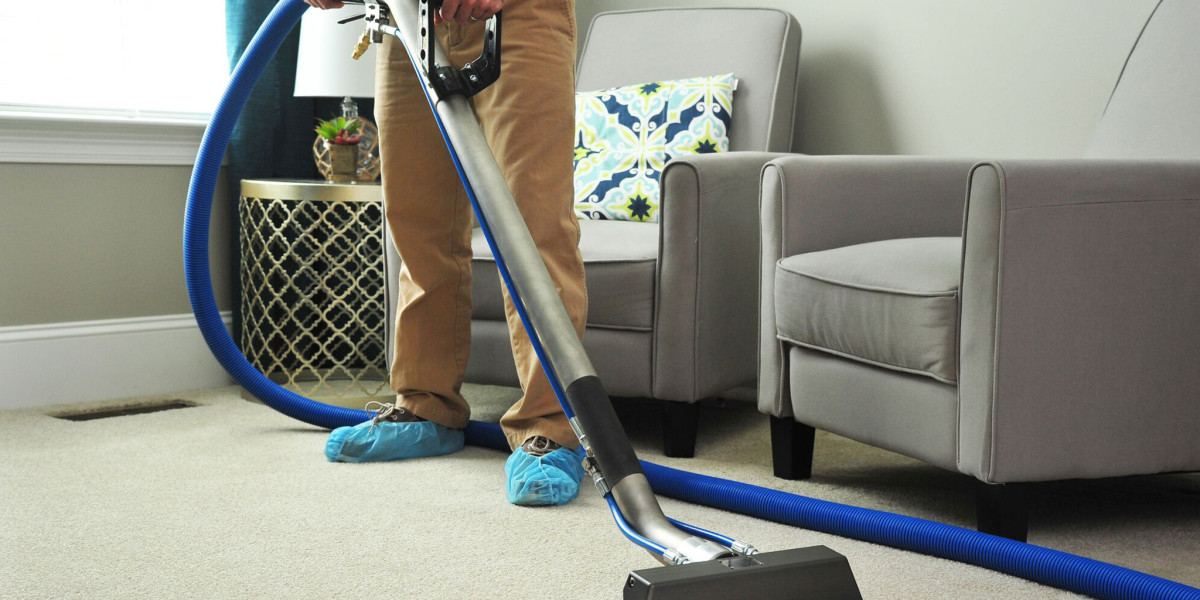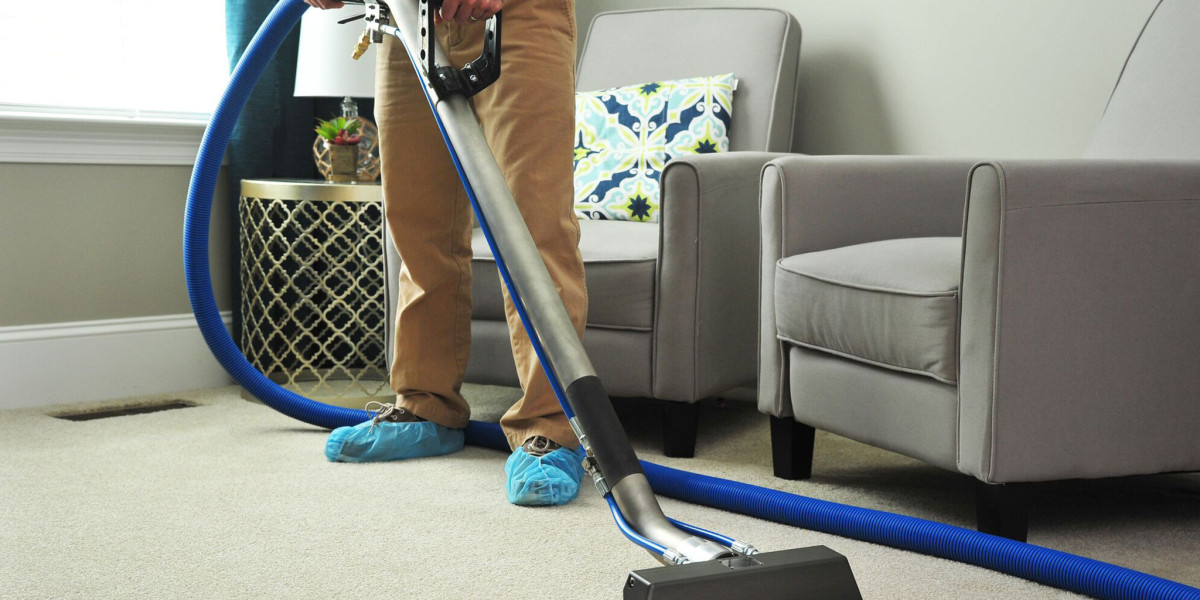Installing windows is a crucial aspect of home improvement that can enhance energy efficiency, aesthetics, and overall value of a property. This article will explore the process of window installation, the types of windows available, and the factors to consider when embarking on this project.
Background
Window installation is not just about replacing old windows; it's an opportunity to upgrade your home's functionality and appearance. Whether you are building a new home or renovating an existing one, choosing the right windows and ensuring proper installation is essential. This guide will provide you with the necessary information to make informed decisions regarding window installation.
Window Options
When it comes to window installation, understanding the different types of windows available is crucial. The most common types include:
- Double-Hung Windows: These windows feature two operable sashes that can slide up and down. They are popular for their versatility and ease of cleaning.
- Casement Windows: Hinged on one side, these windows open outward, providing excellent ventilation and unobstructed views.
- Sliding Windows: These windows consist of two or more sashes that slide horizontally. They are ideal for areas with limited space.
- Bay and Bow Windows: These are protruding windows that create a nook inside the home, http://littlebournebenefice.org.uk/littlebourne-benefice-hosts-a-memorable-community-gala/ allowing for more natural light and a panoramic view.
- Picture Windows: Fixed windows that do not open, picture windows are designed to frame a view and allow maximum light into a room.
- Awning Windows: Hinged at the top, these windows open outward and are great for ventilation, even during rainy weather.
Why Choose Energy-Efficient Windows
One of the primary considerations in window installation is energy efficiency. Energy-efficient windows can significantly reduce heating and cooling costs, making your home more comfortable year-round. Look for windows with the following features:
- Low-E Glass: This type of glass has a special coating that reflects heat while allowing light to enter, helping to maintain a consistent indoor temperature.
- Gas Fills: Windows filled with argon or krypton gas provide better insulation than air-filled windows.
- Multiple Panes: Double or triple-pane windows offer improved insulation compared to single-pane windows.
Pre-Installation Steps
Before installation begins, it's essential to prepare adequately. Here are some steps to consider:
- Measure Accurately: Proper measurements are critical for a successful installation. Measure the width and height of the window openings and ensure that the new windows fit snugly.
- Choose the Right Contractor: If you're not comfortable with DIY installation, hiring a professional is advisable. Look for contractors with experience, good reviews, and proper licensing.
- Obtain Necessary Permits: Check local building codes and regulations to determine if permits are required for window installation.
- Select Your Windows: Based on your research and measurements, choose the windows that best fit your needs and budget.
- Prepare the Area: Clear the installation area of furniture, curtains, and other obstacles to provide easy access for the installers.
How Window Installation Works
The actual installation process can vary based on the type of window and the existing structure. However, the general steps include:
- Removing Old Windows: Carefully remove the existing windows, taking care not to damage the surrounding structure.
- Inspecting the Frame: Check the window frame for any damage or rot. If necessary, repair or replace the frame before proceeding.
- Installing New Windows: Place the new window into the opening, ensuring it is level and square. Use shims to adjust as needed.
- Securing the Window: Fasten the window according to the manufacturer’s instructions, typically using screws or nails.
- Sealing and Insulating: Apply flashing tape and sealant around the window to prevent air and water leaks. Insulate any gaps with foam or fiberglass insulation.
- Finishing Touches: Once the window is installed, add trim or casing to enhance the appearance and provide a finished look.
What to Do After Installing Windows
After the installation is complete, there are a few important steps to follow:
- Check for Leaks: Inspect the windows for any signs of air or water leaks. If you notice any issues, address them immediately.
- Clean the Windows: Remove any debris or fingerprints from the windows to ensure clarity and aesthetics.
- Monitor Performance: Over the next few weeks, pay attention to any changes in temperature or drafts. This will help you identify any potential issues early on.
- Schedule Regular Maintenance: Regular maintenance, such as cleaning and inspecting seals, will prolong the life of your windows and ensure they remain energy efficient.
Final Thoughts
Window installation is a significant investment that can enhance the comfort, efficiency, and beauty of your home. By understanding the types of windows available, the importance of energy efficiency, and the installation process, you can make informed decisions that will benefit your home for years to come. Whether you choose to tackle the project yourself or hire a professional, proper planning and execution are key to achieving the best results. Embrace the opportunity to transform your space with new windows, and enjoy the benefits they bring.
